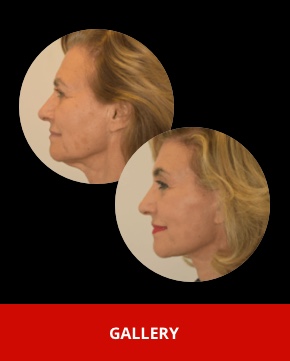Paediatric chronic rhinosinusitis – advice to doctors and parents

Paediatric chronic rhinosinusitis is a clinical diagnosis due to persistent inflammation of the lining of the nose and sinuses. Most children have a runny nose (rhinorrhoea), nasal congestion and a cough lasting more than 12 weeks.
Pathophysiology of paediatric chronic rhinosinusitis
Paediatric chronic rhino sinusitis is thought be multifactorial possibily involving bacteria, biofilms, adenoiditis and inflammatory cellular changes. The two most common species are alpha haemolytic Streptococcus and S. aureus followed by S. pneumoniae, H. influenza and M catarrhalis. Anaerobes are seen in 6% of children.
In children the adenoids are believed act as a reservoir of bacteria. In some children adenoiditis is the primary problem but this can be difficult to differentiate from sinusitis without a CT scan of the sinuses. It is not believed that the actual size of the adenoids matters in children with chronic rhinosinusitis.
Contributing Factors
Asthma can be closely linked to paediatric chronic rhinosinusitis. Asthma not responding to medical therapy can be the only presenting symptom of paediatric chronic rhinosinusitis. Asthma symptoms can return when rhinosinusitis episodes recur. Helping to control chronic rhinosinusitis in children with asthma will also help to control their asthma.
The association between allergic rhinitis and paediatric chronic rhinosinusitis is controversial. Allergic rhinitis may be a contributing factor in some patients but generally the cause is multifactorial.
Immunodeficiency has also been reported to be a factor in several studies. Abnormalities commonly seen include IgG subclass deficiencies, IgA deficienty and poor reponses in pneumococcal titers. Intravenous immunoglobulin can help to reduce episodes of chronic rhinosinusitis.
Cystic fibrosis has a high incidence of paediatric chronic rhinosinusitis and nasal polyposis. All children who have nasal polyps should be tested for cystic fibrosis. Primary ciliary dyskinesia is a rare cause of paediatric chronic rhinosinusitis. This is an autosomal recessive disorder involving the dysfunction of cilia. The diagnoses is considered in children not responding to medical and surgical treatment.
Controversy exists regarding the role of gastroesophageal reflux disease in paediatric chronic rhinosinusitis. At this stage empiric treatment is not indicated.
Making the diagnosis
Paediatric chronic rhinosinusitis is defined as the symptoms of nasal congestion, coloured nasal discharge, facial pressure or pain, or cough that has been present for 12 or more weeks. Two or more symptoms are needed. Puruluent discharge and mucosal oedema should be evident on examination. Nasal endoscopy is useful in making the diagnosis, assessing for adenoid involvement and checking for polyps.
Plain X-rays have no role in the diagnosis and do not correlate with CT scan findings. A CT scan is the only available mechanisms to distinguish whether chronic rhinosinusitis is present in addition to chronic adenoiditis. CT is reserved for when surgery is being considered.
Management
Paediatric chronic rhinosinusitis management begins with medical therapies. Nasal saline irrigations are beneficial although compliance can before. Intranasal corticosteroids are also recommended although reports on efficacy are conflicting. Double-blind RCT’s support oral corticosteroid and oral antibiotics. Oral antihistamines and decongestants are not indicated.
Antibiotic therapy is recommended for 3 to 12 weeks. Amoxicillin/clcavulanate or a second or third generation cephalosporin are first line antibiotics. If allergic to pencillin and cephalosporins a macrolide or clindamycin is appropriate.
If these medical measures fail, consideration is then given for surgical intervention. In children up to 12 years of age an adenoidectomy alone can be very effective. The adenoids are believed to be obstructive or serve as a reservoir for bacterial growth. Research suggests 70% of children with chronic rhino sinusitis will improve after an adenoidectomy. Maxillary sinus irrigation at the time of the adenoidectomy may be helpful. Persistence of symptoms despite an adenoidectomy may justify endoscopic sinus surgery.
Final thoughts
If your paediatric patient or child has persistence of a runny nose, nasal congestion or a cough (2 of these) for more than 12 weeks, consider treatment for paediatric chronic rhinosinusitis. Referral to an ENT specialist may be appropriate at this point.


